So Long, Indian Point Nuclear Plant. Hello, More Fossil Fuels.
April 30, 2021, 1:54 p.m.
Some environmentalists celebrated the closure due to the energy plant’s proximity to New York City, but it has sinister immediate implications for the state’s climate goals.
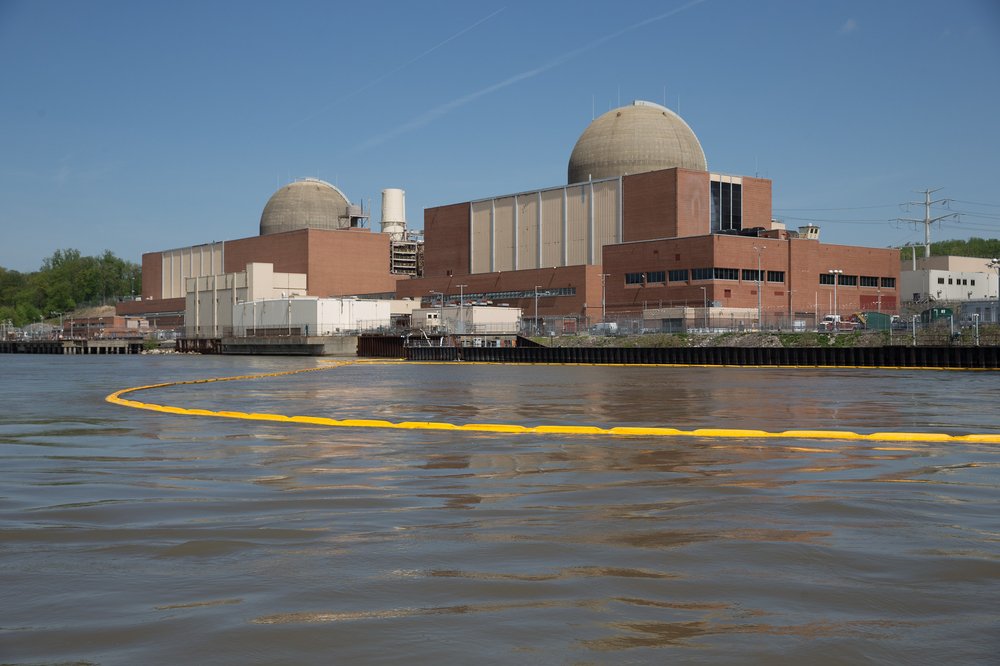
After 58 years operating off the Hudson River in Buchanan, New York, the final nuclear unit at Indian Point closes on Friday at 11 p.m.
Some environmentalists celebrated the closure, arguing the plant’s proximity to New York City makes it unsafe and that climate change can be tackled without this atomic brand of carbon-free electricity source. But its closure has sinister immediate implications: climate change-causing fossil fuels will likely replace that nuclear energy in the near term.
Already, gas-fired generators powered 40% of the state’s power last year, up from 36% the year prior, as a result of Unit 2’s closure, the NY Times reported. That will continue until more renewable projects and energy efficiency measures can get up and running.
“I don’t see a near-future approach that doesn’t require burning fossil fuel,” said Alexander Couzis, the interim dean of the Grove School of Engineering at the City College of New York. “We can’t keep doing business as usual, and then having Indian Point shutting down and at the same time complaining that we’re burning too much hydrocarbon. I mean, something has to give.”
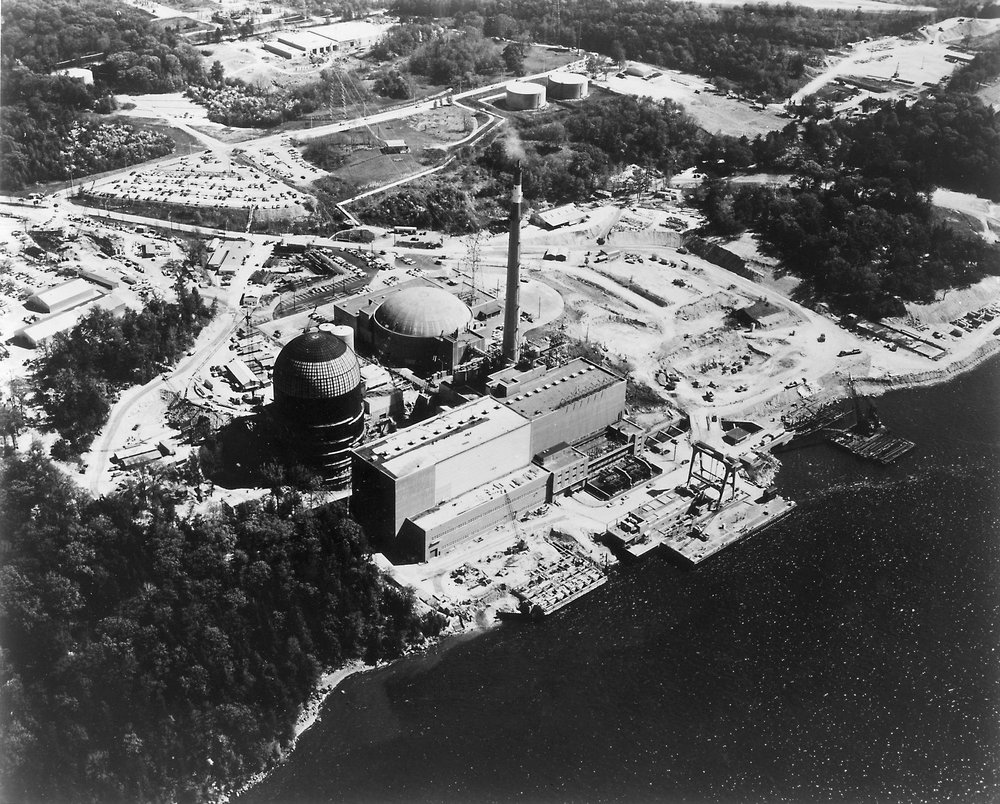
The shutdown process began in 2017—when the nuclear operator Entergy reached an agreement with New York regulators to close the company’s two remaining towers and sell the plant to Holtec International for decommissioning. The penultimate tower closed in April 2020, according to federal data, while the last unit ceased operations Friday.
Both units contributed about 13% of the state’s power in 2019, and about 29% of the state’s electricity is currently derived from nuclear energy. The state’s grid manager, New York Independent System Operator, determined in 2017 that three fossil fuel-reliant plants would be needed to meet energy demands once the nuclear plant shutters. Indian Point’s final reactor provided 1 gigawatt to the electricity grid, which Entergy says was enough to support 750,000 to 1 million homes in the New York City and Westchester area.
To mitigate this power gap without consuming more natural gas and oil, utility companies—like Con Edison in New York City—would need to integrate renewables from solar and wind.
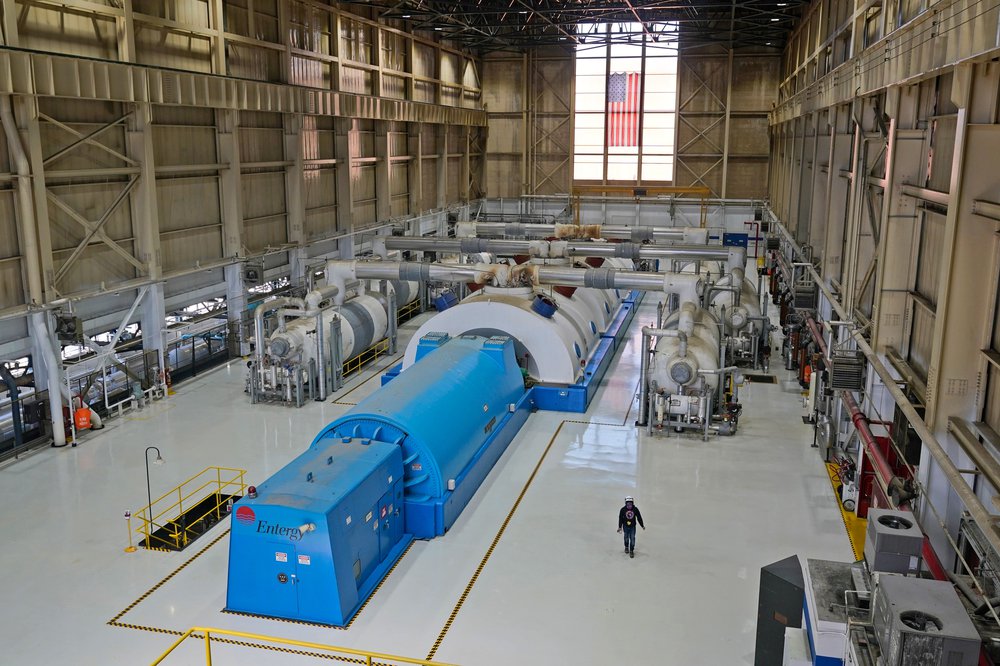
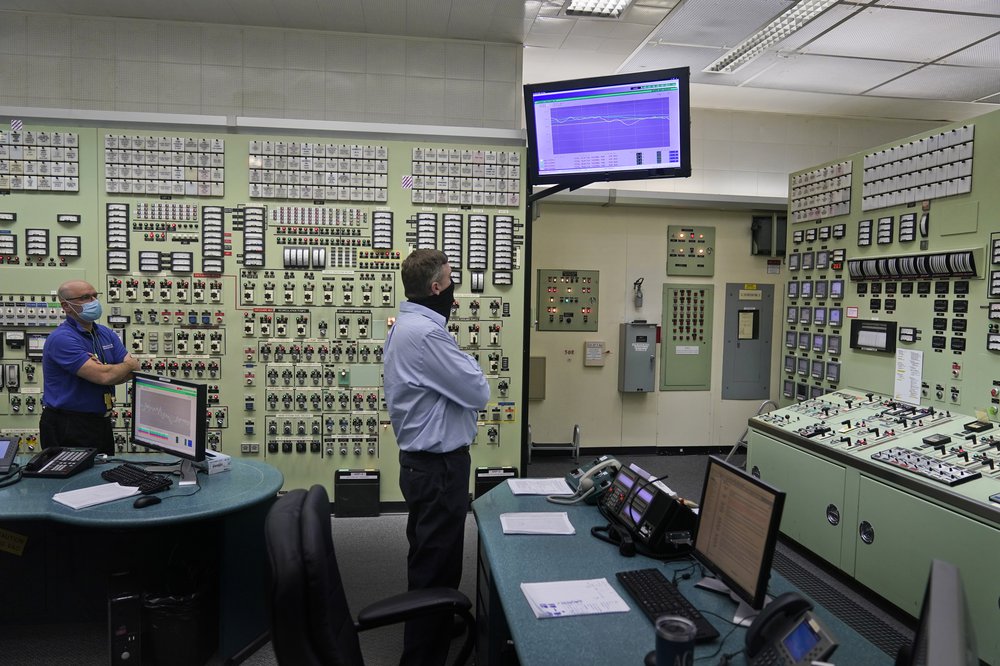
But those solutions remain long-term because these renewables lack durable, large-scale batteries—ones needed to store energy on cloudy or windless days. Couzis explained that’s why omitting nuclear altogether currently creates a less predictable energy system. To cover the gap when the weather is less than optimal, a renewables-heavy energy grid would need to switch to more reliable power sources, such as carbon-emitting peaker plants, which turn on when energy demand is high.
“At least with a plant like Indian Point, you know when it’s not going to meet the power requirements. You know when you have to turn on a peaker plant,” Couzis said. “The moment you go to this unpredictable approach by wind and solar, you’re always playing catch up.”
He thinks nuclear plants should remain part of the clean energy mix and proposes that they could one day operate like peaker plants—as in, serve as a reliable backup source—if the right technology is developed.
Nuclear New York, an advocacy group that fought to keep the plant from closing, estimates fossil fuel-backed plants in the metro area would need to increase electricity generation by one-third to meet demand. New York aims to become the region’s offshore wind energy hub as the Biden administration opens up leasing areas in the Atlantic Ocean, but those projects will take years.
Pretending as if that’s sufficient to make up for lost electricity from Indian Point is disingenuous.
Isuru Seneviratne, Nuclear New York member
“Pretending as if that’s sufficient to make up for lost electricity from Indian Point is disingenuous,” Nuclear New York member Isuru Seneviratne said.
Governor Andrew Cuomo has championed Indian Point’s closure, despite critics saying it hampers the state’s legally mandated mission of reaching 100% emissions-free electricity by 2040.
“This is a victory for the health and safety of New Yorkers and moves us a big step closer to reaching our aggressive clean energy goals,” Cuomo said in a statement on Thursday. The governor’s office said energy efficiency and renewables since 2011 make up for generation capacity at Indian Point and said the state’s carbon emissions reductions would remain on track.
But the governor’s assertion means those renewables replaced another carbon-free emissions source—the nuclear plant—rather than making progress against the gas-fired power plants that cause climate change. About 29% of the state’s electricity is renewable, but most of that is from hydroelectric power, federal data show.
What Comes Next
Quicker measures could increase electricity efficiency and allay the surge in fossil fuels if investments are made. Experts say that could include switching to high-performance appliances, better insulating buildings or adding windows that allow more light in the winter and less in the summer to keep homes cool or warm.
Couzis said these efforts wouldn’t fully compensate for the plant’s closure but could still reduce the carbon footprint through alleviating electricity demand.
“If you're going to have to live with burning fuel, burning less is better,” he said.
Liz Beardsley, senior policy counsel with the U.S. Green Building Council, a non-profit organization that promotes energy-efficient building design, said allowing indoor temperatures to rise by a few degrees during a heatwave across many buildings could also shrink the need for bringing on additional power plants.
But she also added that the New York is already among the nation’s top performers on efficiency, a signal of what the state had to accomplish to close the nuclear power plant. “Having that background helps create more flexibility in making changes like this,” she said.
Yury Dvorkin, an electrical and computer engineering professor at New York University’s Tandon School of Engineering, said other options like rooftop solar panels could be useful but need to be scaled up to have a major impact.
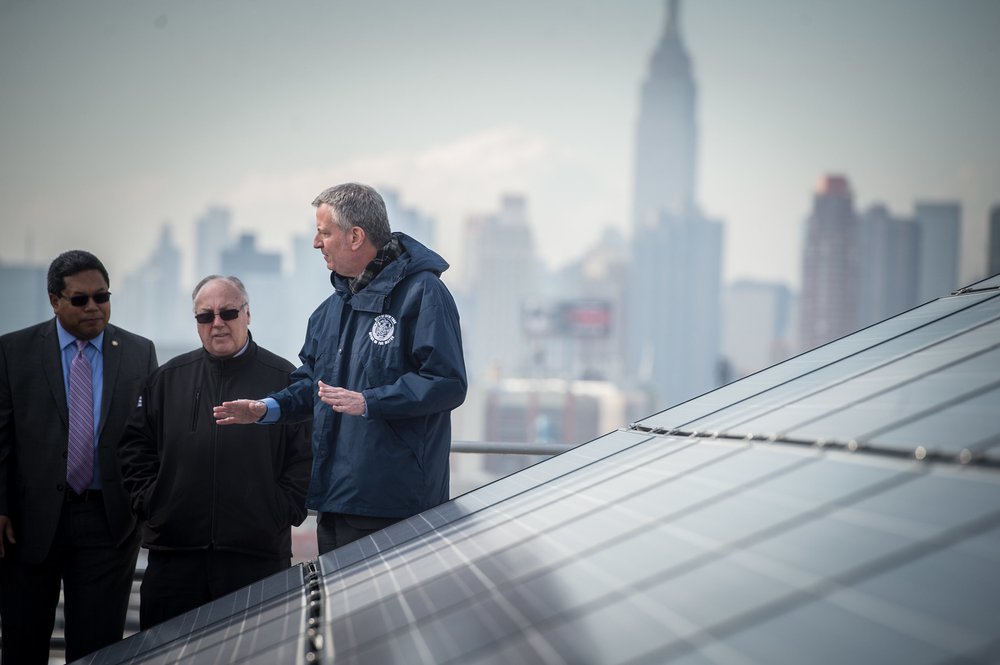
“It’s going to provide only local effects in a way that will increase your own resiliency against power outages,” Dvorkin said. “If we’re looking into citywide impacts of these resources, then it should be done on a far greater scale.”
Another concern is how the energy system will keep up during extreme weather, such as a heatwave when air conditioners are blasting more than usual.
“What that [the closure] means is that the system will have less resources to tap into in case of emergencies,” Dvorkin said. A heatwave “hits a power grid as an invisible Hurricane Sandy because it affects the power grid in just about the same way by pushing its operation toward its limits.”
The Alliance for a Green Economy, which opposes nuclear energy and has advocated alongside environmental group Riverkeeper to close the plant, argues the state is on track to replace Indian Point’s nuclear power by 2023. Their analysis determines a slate of renewable energy projects expected to break ground this year, clean energy proposals going through a solicitation process with the state and energy efficiency requirements for utilities that will meet the power consumed for a larger number of households than the nuclear plant once backed.
“We are looking at building a healthy and safe energy system, and for us, that means phasing out fossil fuels and nuclear power,” said Jessica Azulay, the executive director of the alliance.
But Couzis said that doesn’t change what happens in the immediate term: “What do we do in the next two years?”